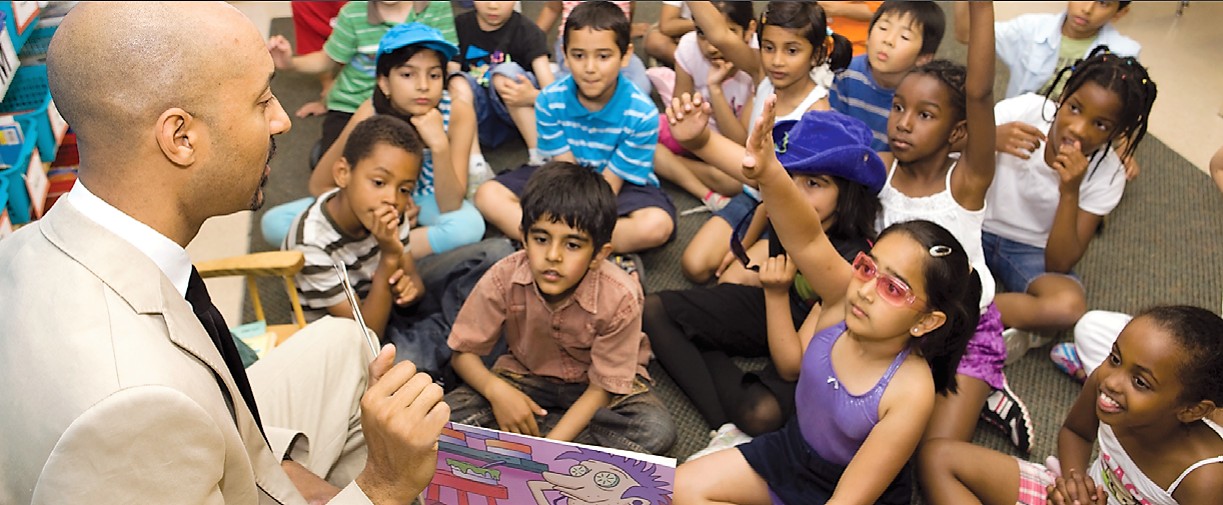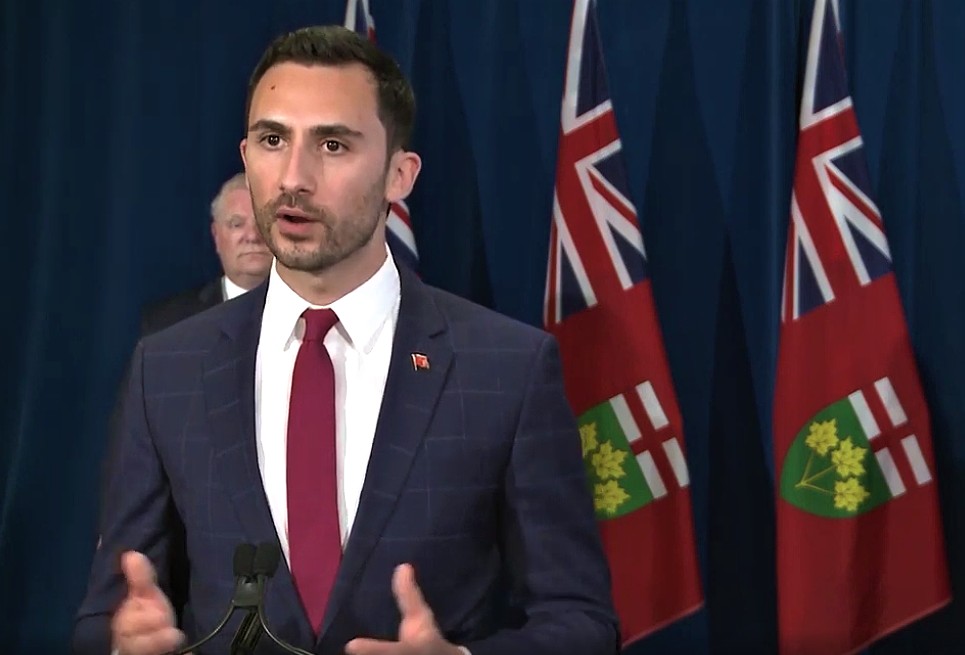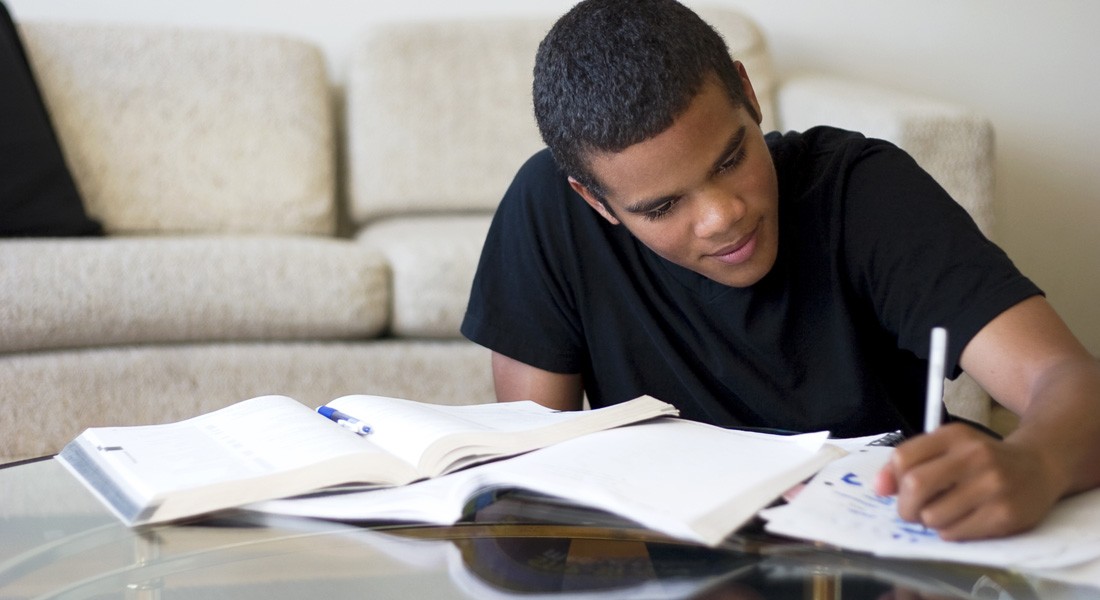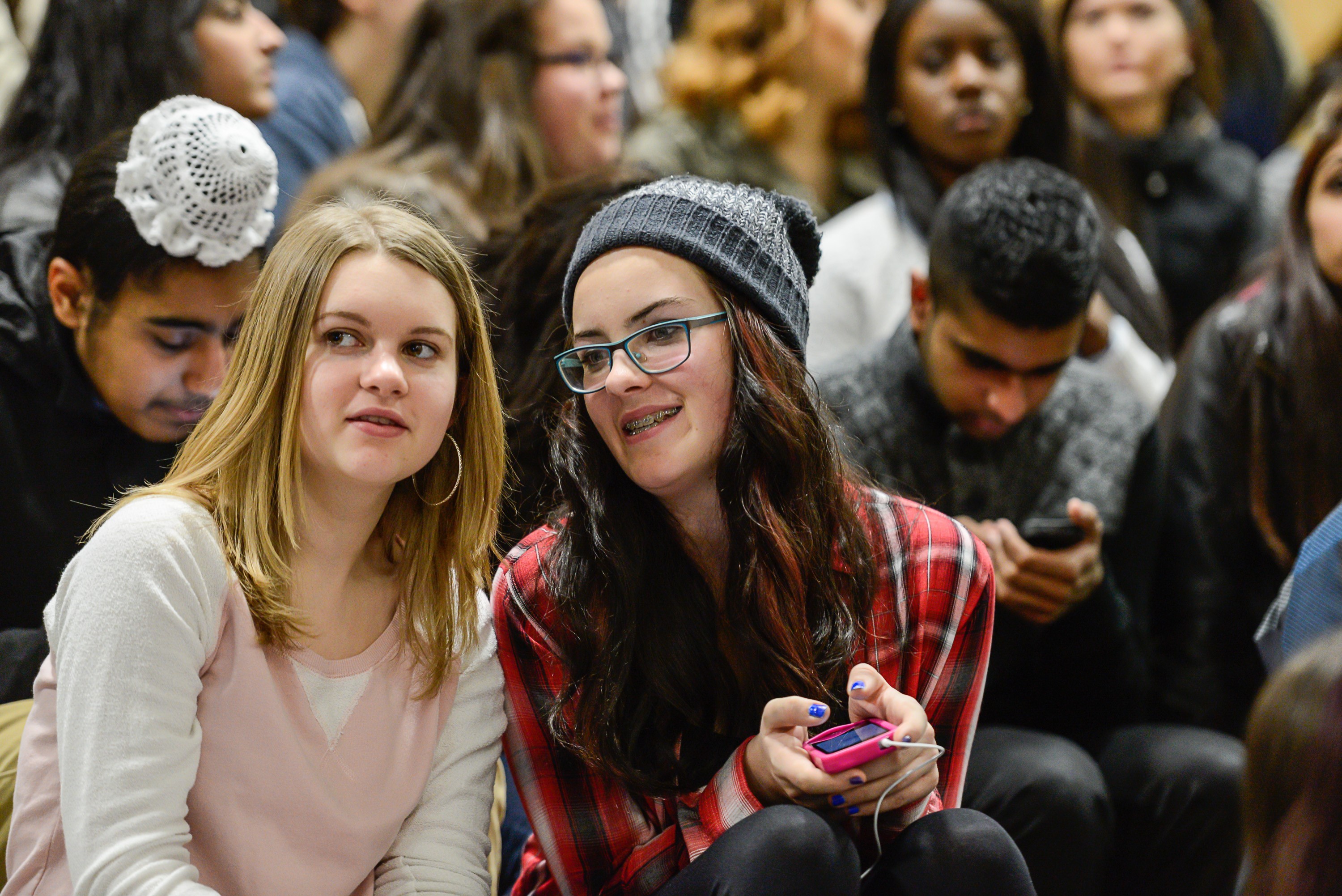
It’s the last day of school: what will learning look like in September?
After weeks of silence on what the new school year will look like, details are starting to emerge.
Last week, Education Minister Stephen Lecce announced he’s asking school boards to prepare plans for three scenarios: regular class instruction with increased health protocols such as social distancing; a continuation of remote learning; or a combination of both. In the latter there will not be more than 15 students in a class at a time, alternating between in-school and at-home learning.

Education Minister Stephen Lecce has made it clear that online learning could still be required in the fall
But there is no final answer on which option will be most likely for September. “We won’t know that until closer to the re-opening date as things may change between now and then, with respect to the community spread of COVID-19,” Carla Pereira, Peel District School Board’s director of communications, told The Pointer.
It’s also not clear how the PDSB will prepare for each circumstance, as the board needs time to develop plans, which are due to the Ministry by the end of July, Pereira said.
At the Dufferin-Peel Catholic District School Board, things are looking a little different. Bruce Campbell, DPCDSB’s general manager of communications, said regional health authorities will be providing directions, which likely won’t come before mid-August. But the school board did provide more details for its planning process.
A community information bulletin states if online learning has to continue, staff will develop protocols similar to what the Ministry of Education published when schools shifted learning online in March, “including the establishment of minimum expectations for students to have direct synchronous contact with their teacher on a regular basis,” the bulletin states.
Synchronous learning was outlined by the ministry as a combination of text-based, audio and video platform online that teachers are expected to use to create the most productive virtual learning experience possible, to ensure the educational development of students.
As a parent, Brampton’s Sherie Nelson-Allen thinks the three options are “reasonable.” “No one knows what the future holds. They’re not God so they cannot possibly make suggestions that would meet everybody’s criteria,” she told The Pointer. But like many other parents, she’s waiting to hear about further developments on what the concrete options are. Her daughter is going into grade 5 this September, and like hundreds of thousands of parents across Ontario, the anticipation of a new school year is now mixed with plenty of uncertainty.

At-home learning in high school will become more common in our education system, even without the pandemic, under new plans by the PC government
At a press conference last week, Lecce said it would be up to parents to decide what to do. “What we have heard loud and clear from parents is that you want to be in the driver's seat and ultimately have a choice. They want and will have an option to enrol their child in class or in a strengthened online experience. Parents should make that decision and we will respect your choice,” he said.
There are no details about what exactly that “strengthened” online offering will look like, but many parents have complained that the distance learning since March has been inconsistent, while some teachers have provided plenty of resources and online teaching tools, unlike those who did the bare minimum.
Nelson-Allen said she doesn't mind doing the online option, but her daughter misses the interaction that going to school brings and would also prefer a combination. “Anyway it changes, my priority is that my daughter must continue to learn,” she said.
But it’s still not clear what this option will mean for schools and if there will be an increased workload for teachers.
At this point, Lecce believes schools will start off with a “cautious adaptive delivery model” in September, implementing both in-person and online classes, with the decision to move toward “conventional class experiences” coming from the local health officer. “This reduces risks, it enhances contact tracing, and it allows kids to be kids,” he said. “It's important to the social emotional learning and development of these kids and their mental health that they're able to do that.”
As a teacher, Erin Leigh would either like to see kids returning to class or the continuation of online learning because she believes the combination of both presents problems the Ministry is not anticipating. “This approach of a hybrid model makes no sense. It’s not going to work,” the Halton District School Board teacher said.
She’s worried that if she has to teach two different groups of students, there's an opportunity for her to spread the virus from one group to the other, opening up the possibility of students taking the sickness home. The ministry has not made it clear if one teacher will be responsible for a sole group of children. “This cohort approach asks that students remain in contact only with their classmates, and to the extent possible, a single teacher throughout the day,” Lecce said Friday.

Will this be the scene in September?
It’s also not known if students will be required to complete a COVID-19 test before they return to school. While Leigh said she’s happy to do a test herself, it’s a concern if nothing will be done for kids, especially if parents are desperate to return to work and send kids to school even if they’re sick. “The problem is when you do that, it then puts the other kids in the class at risk and then puts the teacher at risk,” she said. It’s also a personal concern for her as her father is immunocompromised. She visits her parents multiple times a week to help them out.
Ingrid Anderson, a media relations coordinator for the ministry, said boards will have to provide screening processes in their school restart plan and parents should be given a checklist for daily screening of their children. “Students, staff and visitors who suspect they may have symptoms should stay home and follow provincial public health guidance related to testing,” Anderson told The Pointer.
On the other side of the hybrid model is the issue of childcare. If children are to return to school on a periodic basis, many parents returning to work may have issues around childcare in a fragmented scenario. Whereas their kids used to be in school Monday to Friday, what will they do if suddenly children are home for part of the week. Questions have been raised about the lack of private or public childcare spots across Ontario, as the sector is not designed for part-time needs involving elementary school children.
Leigh is concerned her younger, pre-school child will not have a confirmed place at daycare when the school year starts up again as even these facilities are limited in their capacity because of social distancing requirements. So there is less space for much higher demand.
Usually her daughter’s toddler room would have 15 kids and 3 staff members, but it now has to run with eight kids and two staff members over the summer. “My fear is, if we get to September, and things haven't gotten any better, I have a really big problem,” she told The Pointer.
In parts of Peel, especially Brampton where the majority of parents have to commute elsewhere for work, and for many immigrant family members employed in multiple jobs, with shift work a common reality, childcare could become an even bigger problem. Brampton already has far fewer spaces than other cities and is considered a "childcare desert".
But the problems don’t end there. It’s likely school boards will have to come up with a different, and improved, model for distance learning as well.
Last month, Lecce said synchronous learning will have to be used to provide lessons. This could be through video or other means, but the idea is to teach in a way that better represents the in-class experience. “These kids want to feel like they’re part of something again,” he said at the time. But the execution of effective online learning is proving difficult.
The PDSB allowed teachers to use their professional judgment to decide how they teach and it’s possible not all students were offered synchronous learning. Security and privacy issues likely played a role in this as teachers or students may not have a private and quiet place to complete work or might not want video feeds to show them at home. They can adjust settings to be present without any image, effectively participating through audio only. There is also the ongoing issue of accessibility. Despite both Peel boards providing as many tablets and laptops to families as possible, some still might not have proper resources, while issues such as the availability and speed of internet connectivity is a major concern.
There have also been issues of video classes being hacked.
Unions have raised many of these concerns including privacy and protection issues for teachers.
While the minister said the province will “strengthen the use of online synchronous learning” he did not mention if any concerns raised by teachers or the unions would be addressed.
Email: [email protected]
Twitter: @nida_zafar
Tel: 416 890-7643
COVID-19 is impacting all Canadians. At a time when vital public information is needed by everyone, The Pointer has taken down our paywall on all stories relating to the pandemic to ensure every resident of Brampton and Mississauga has access to the facts. For those who are able, we encourage you to consider a subscription. This will help us report on important public interest issues the community needs to know about now more than ever. You can register for a 30-day free trial HERE. Thereafter, The Pointer will charge $10 a month and you can cancel any time right on the website. Thank you.
Submit a correction about this story


